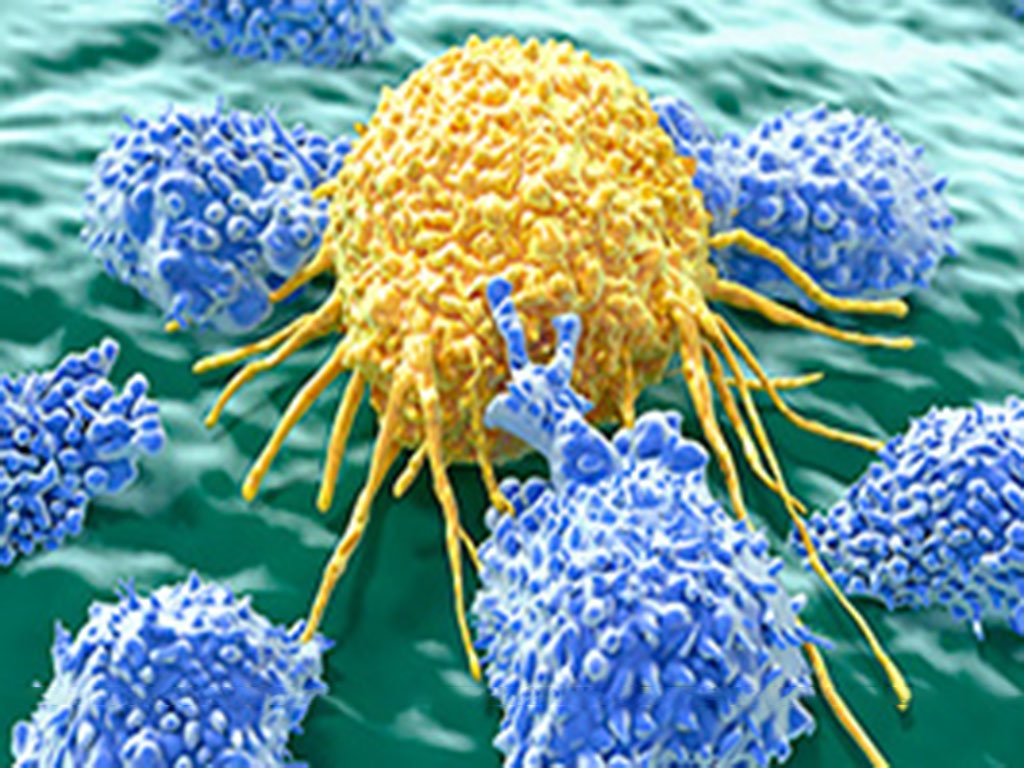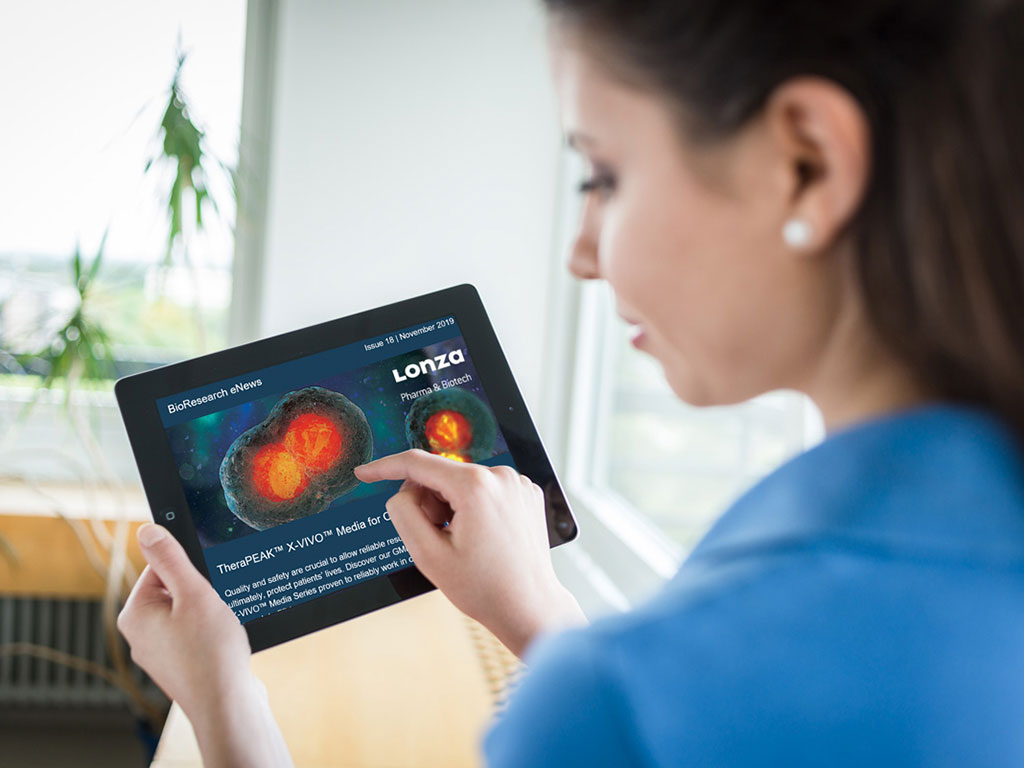The study: Cryopreservation in focus
The study, conducted by leading scientists at Lonza, provides groundbreaking insights into how cryopreservation, both single and dual, impacts the viability and functionality of PBMCs. Cryopreserved PBMCs consistently showed high viability and maintained critical functions such as T cell activation and cytokine production. Scientists at Lonza have demonstrated that cryopreserved PBMCs are reliable, deliver reproducible data, and maintain functionality. Utilizing freshly isolated PBMCs directly from donation may not be as necessary as previously believed.
The broader impact on biosciences
For professionals in the bioscience industries, the implications of these findings are vast. As researchers, you are often tasked with balancing the need for scientific rigor with the practical constraints of time and resources. The ability to use cryopreserved PBMCs without sacrificing data quality offers a solution that aligns with these dual imperatives.
Why it matters
Here’s how this could change your work:
Scalability and cost-efficiency: A new frontier for research labs
With cryopreserved PBMCs, you can store large quantities of cells from diverse donors, ready for use whenever your project demands it. This reduces the need for continuous donor recruitment and fresh isolation, which can be both costly and time-consuming.
Ethical research: Reducing the biological burden on donors
Utilizing cryopreserved cells can also contribute to more ethical research practices by minimizing the frequency of human blood donations required, aligning with broader industry goals of reducing the biological burden on donors.
Industry applications
Elevating drug development and personalized medicine
Driving innovation in drug development
In drug development, particularly in immunotherapy and vaccine research, the consistency and reliability of your cellular assays are critical. Cryopreserved PBMCs ensure that your assays are reproducible, reducing the risk of variability that can derail the development process.
Supporting personalized medicine with diverse biobanks
The rise of personalized medicine requires access to cells from a wide range of donors, often with specific genetic or phenotypic traits. Cryopreservation allows for the creation of extensive biobanks that can be tapped into as needed, supporting more tailored research approaches.
Simplifying regulatory compliance
For companies navigating the complex regulatory landscape, having a reliable source of cryopreserved PBMCs can simplify the validation of assays and compliance with international standards.
The future of bioscience research
The future of bioscience research is one where flexibility and reliability go hand in hand. By embracing cryopreservation, you are not just adopting a new technique; you are enabling a more dynamic, responsive, and scalable approach to scientific discovery.
Next steps
Download the full white paper to delve deeper into the study’s methodology, data, and detailed results. The full white paper will help you implement these insights in your lab.
Some of the key takeaways you can expect are:
- Impact of cryopreservation on cells
- Applications and ethical considerations
- Practical insights for implementation



